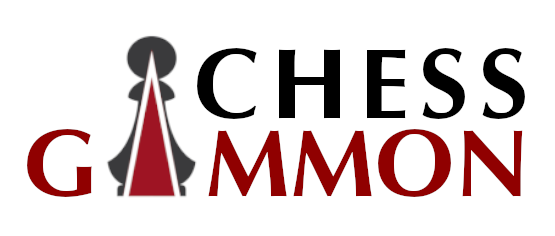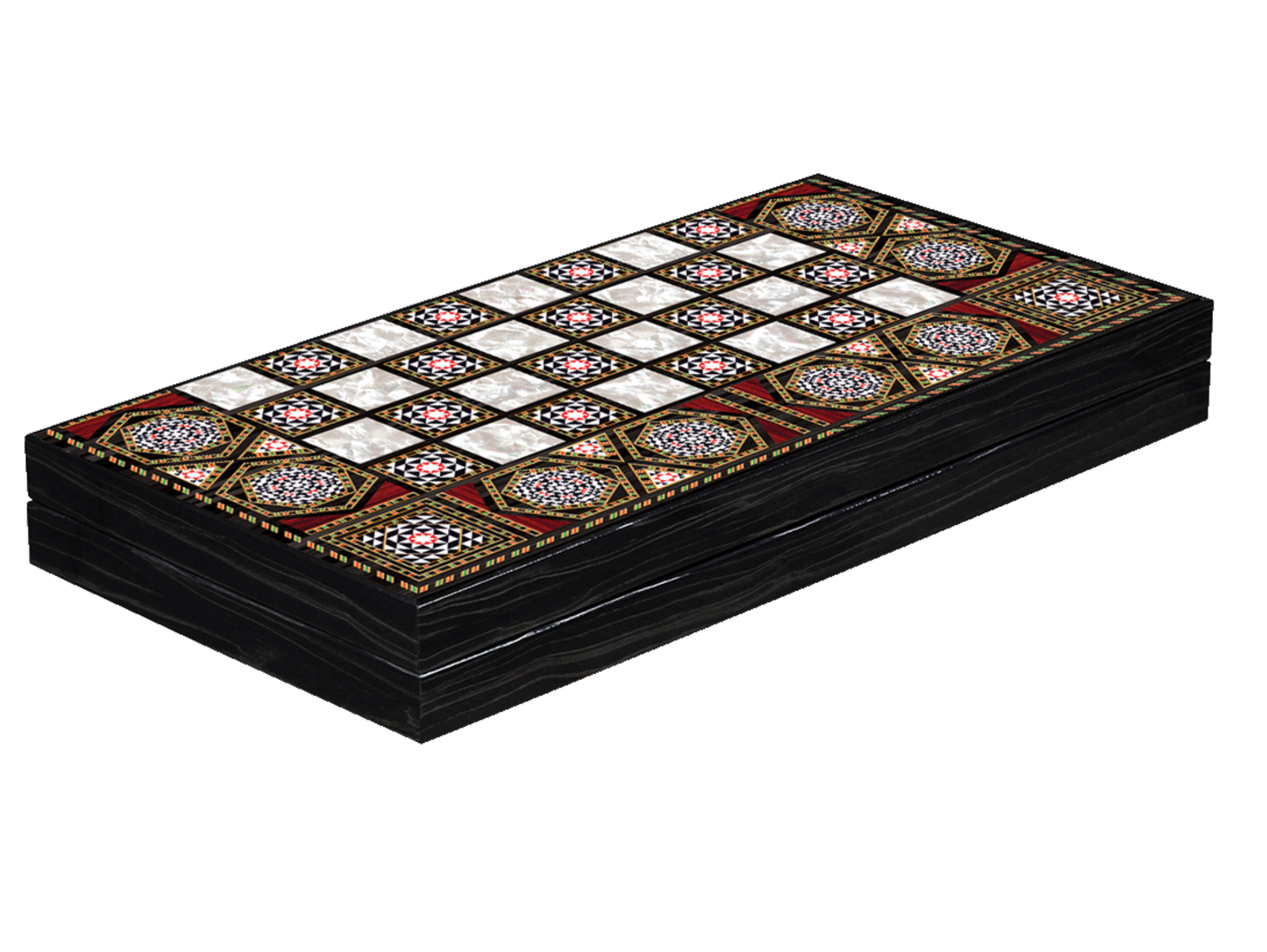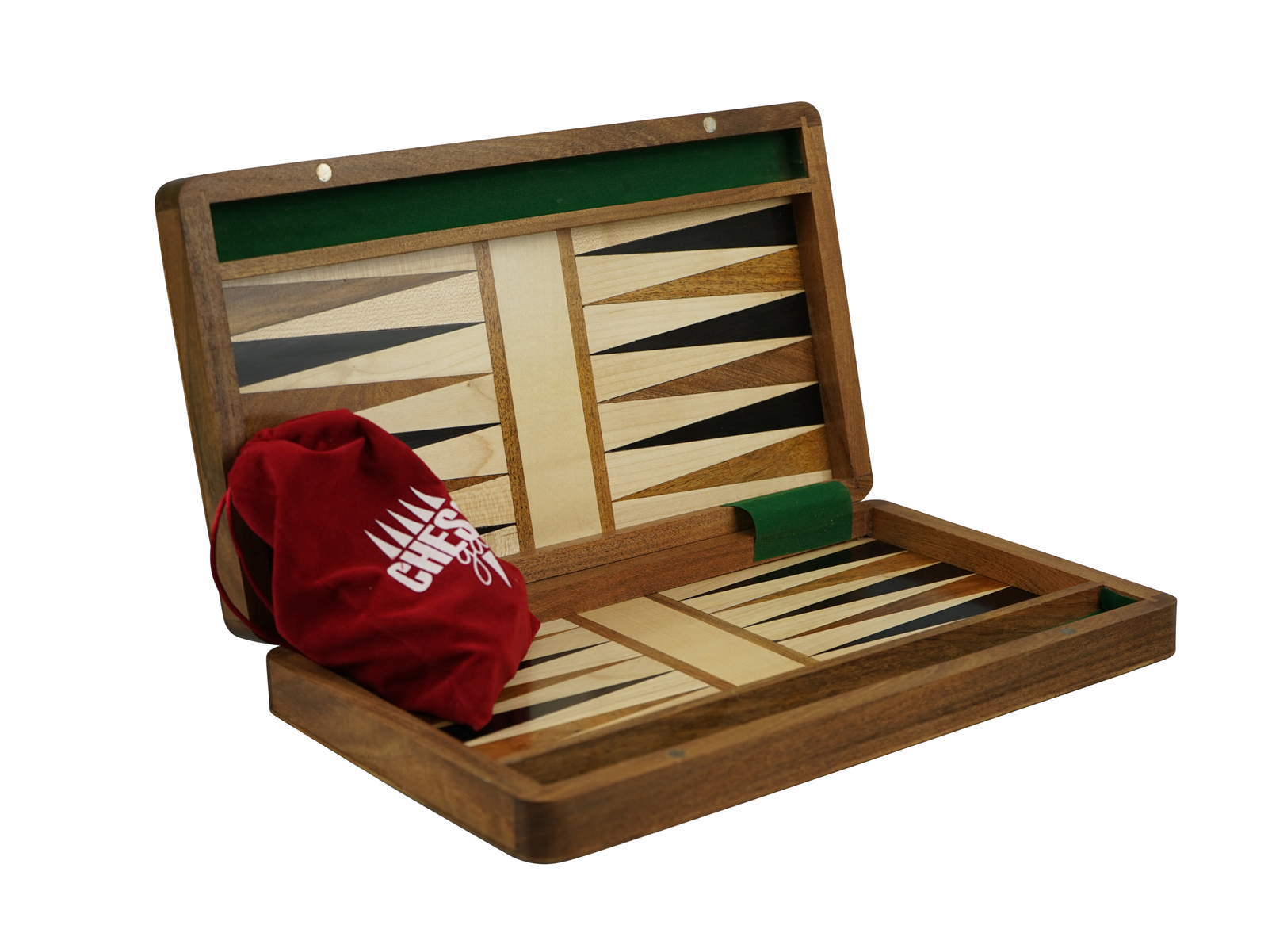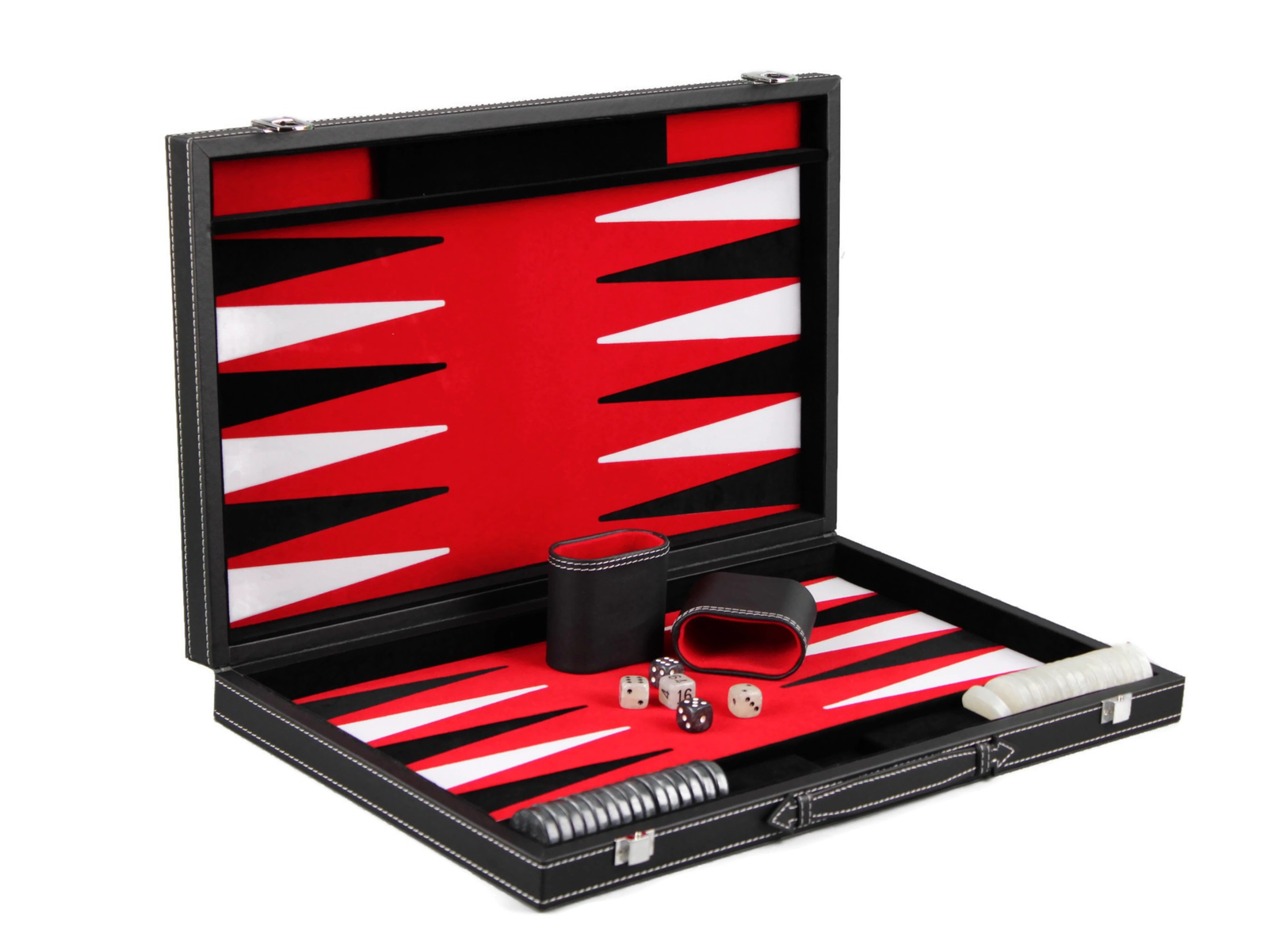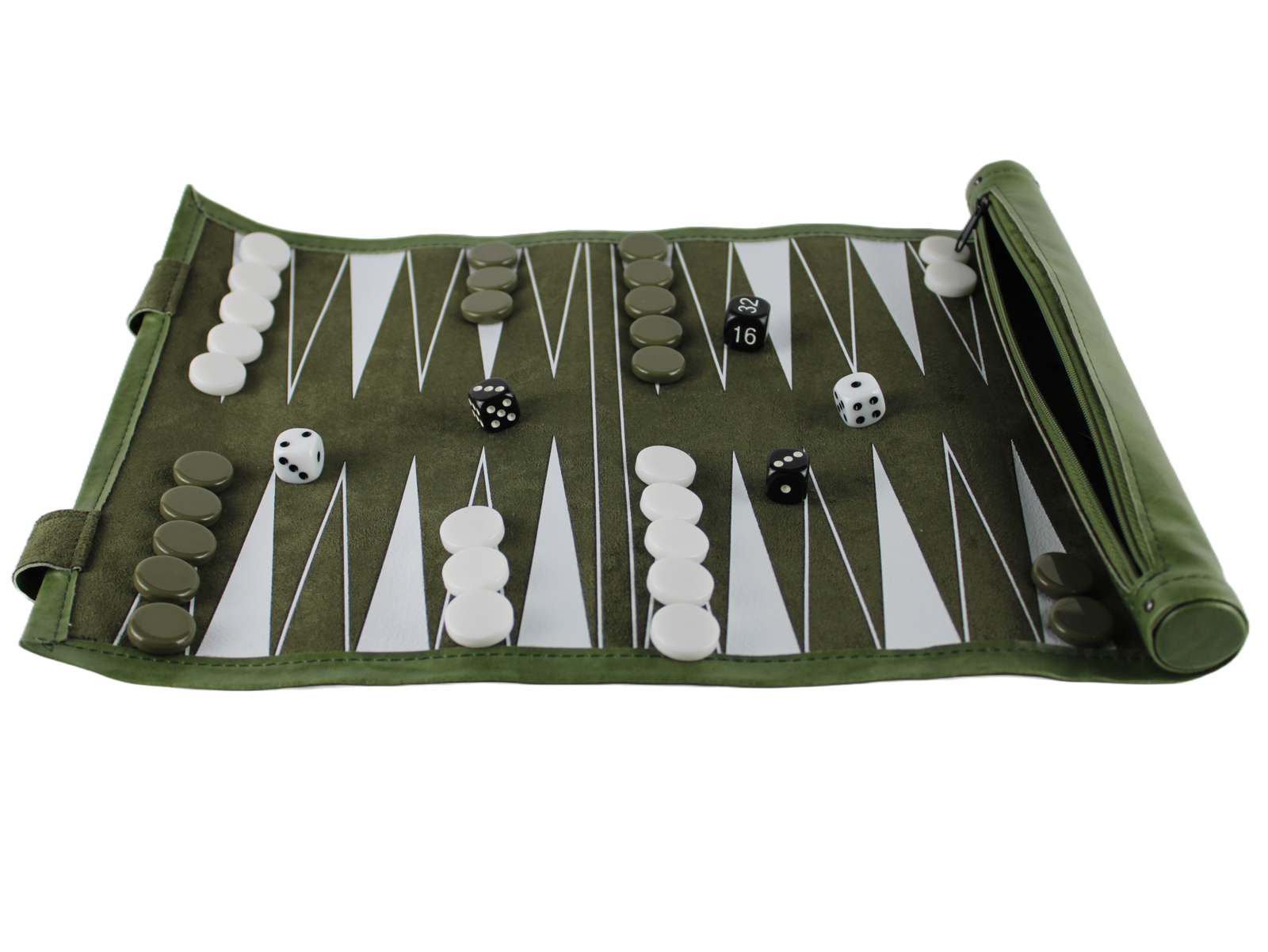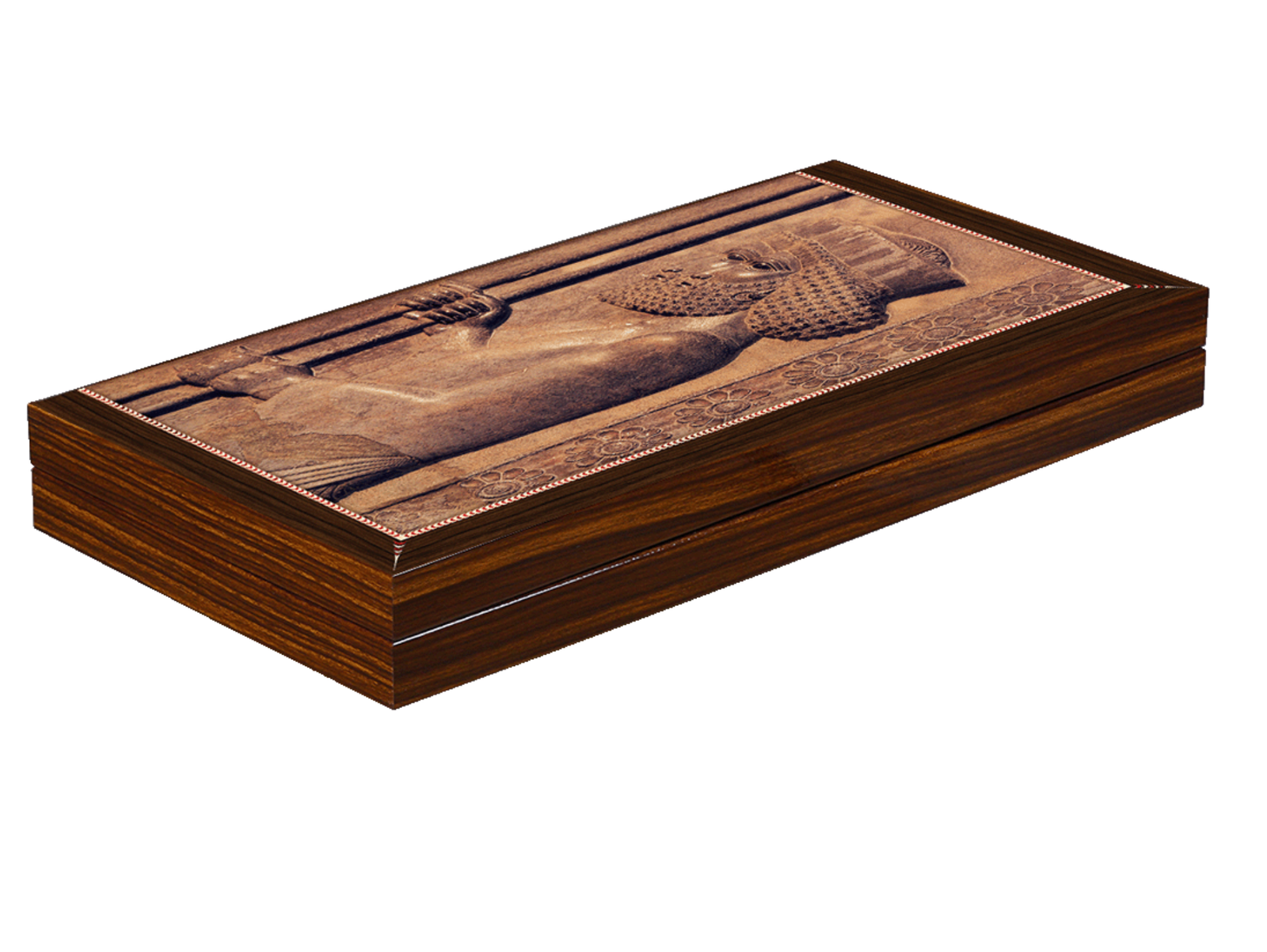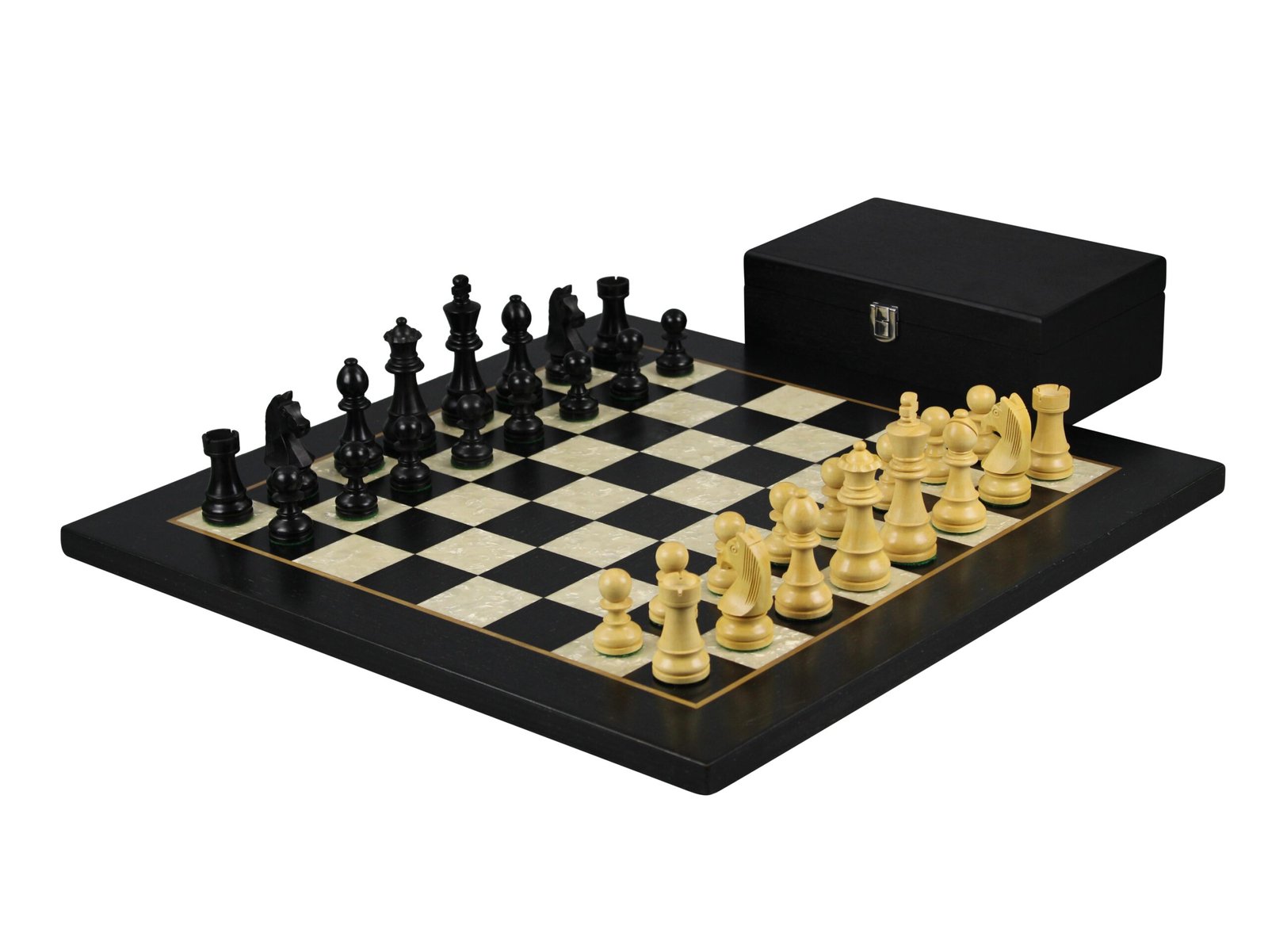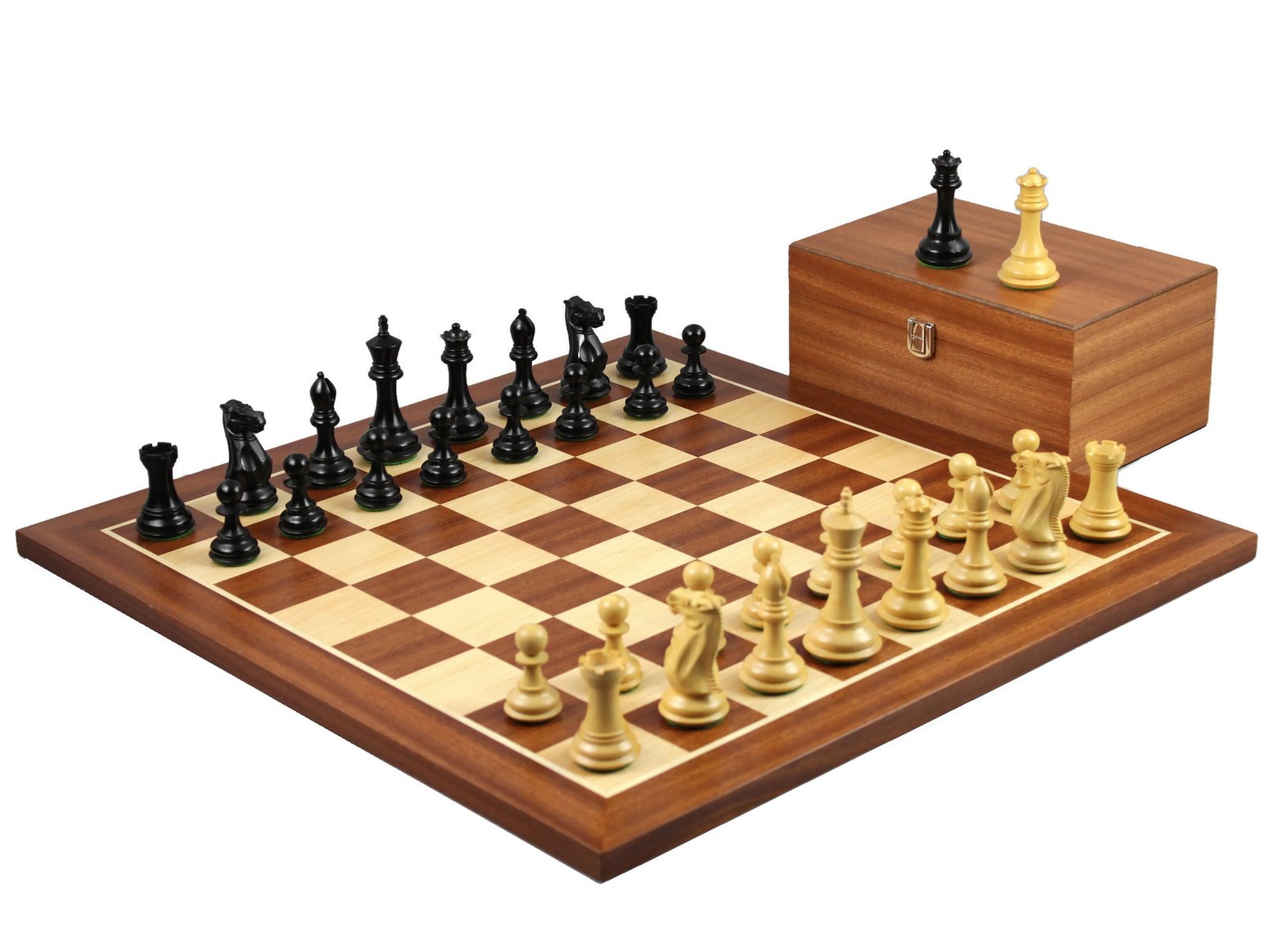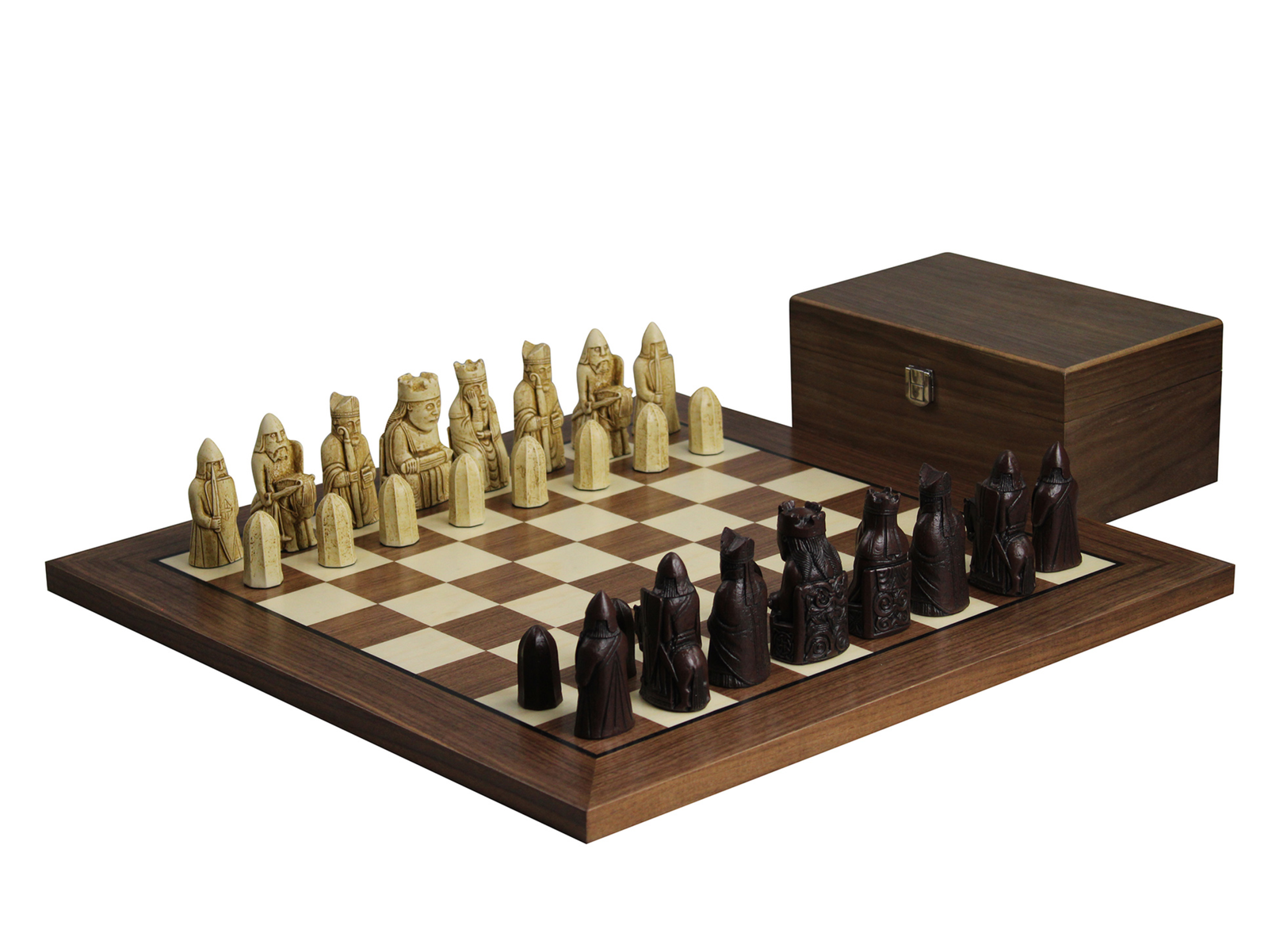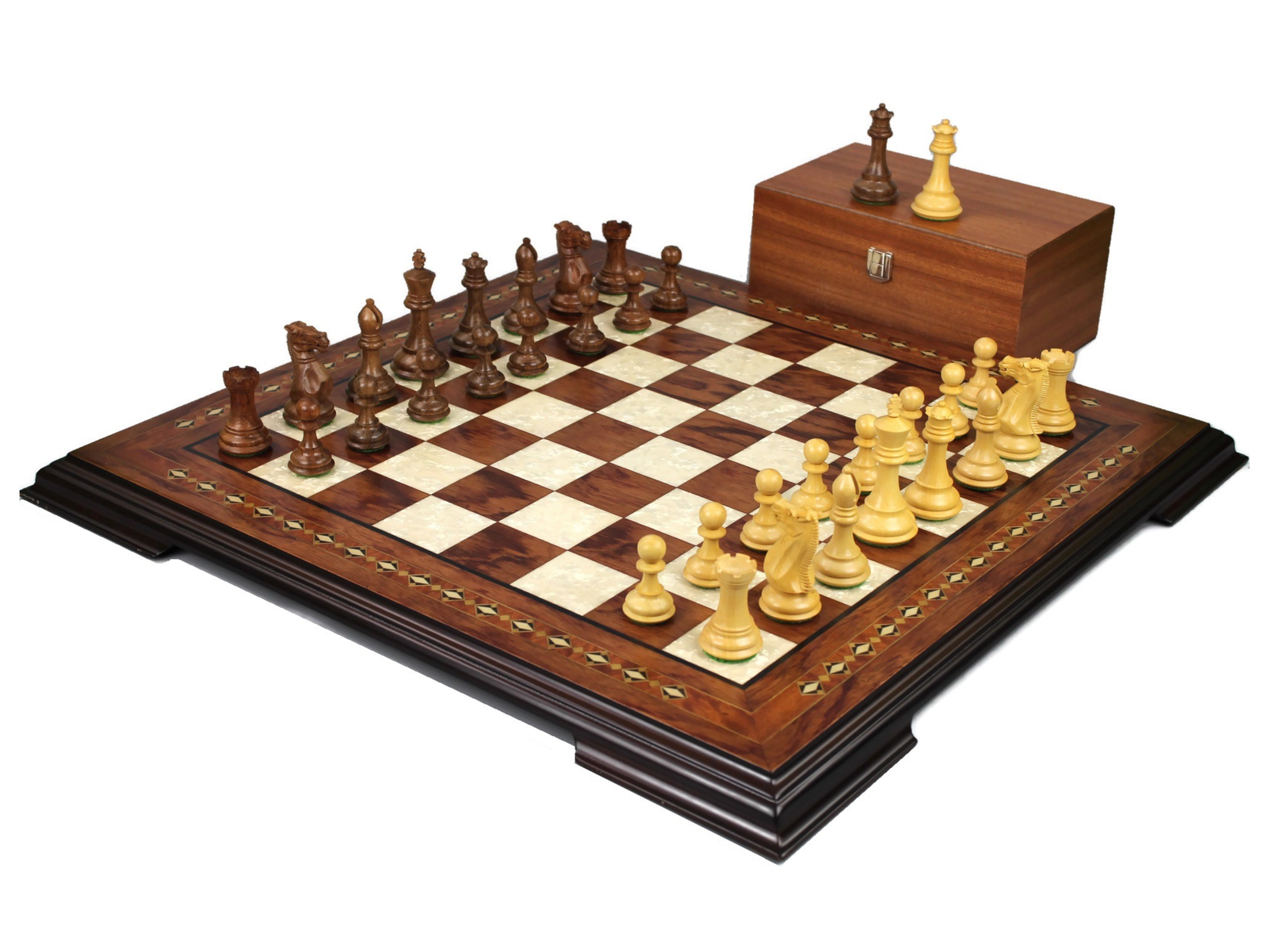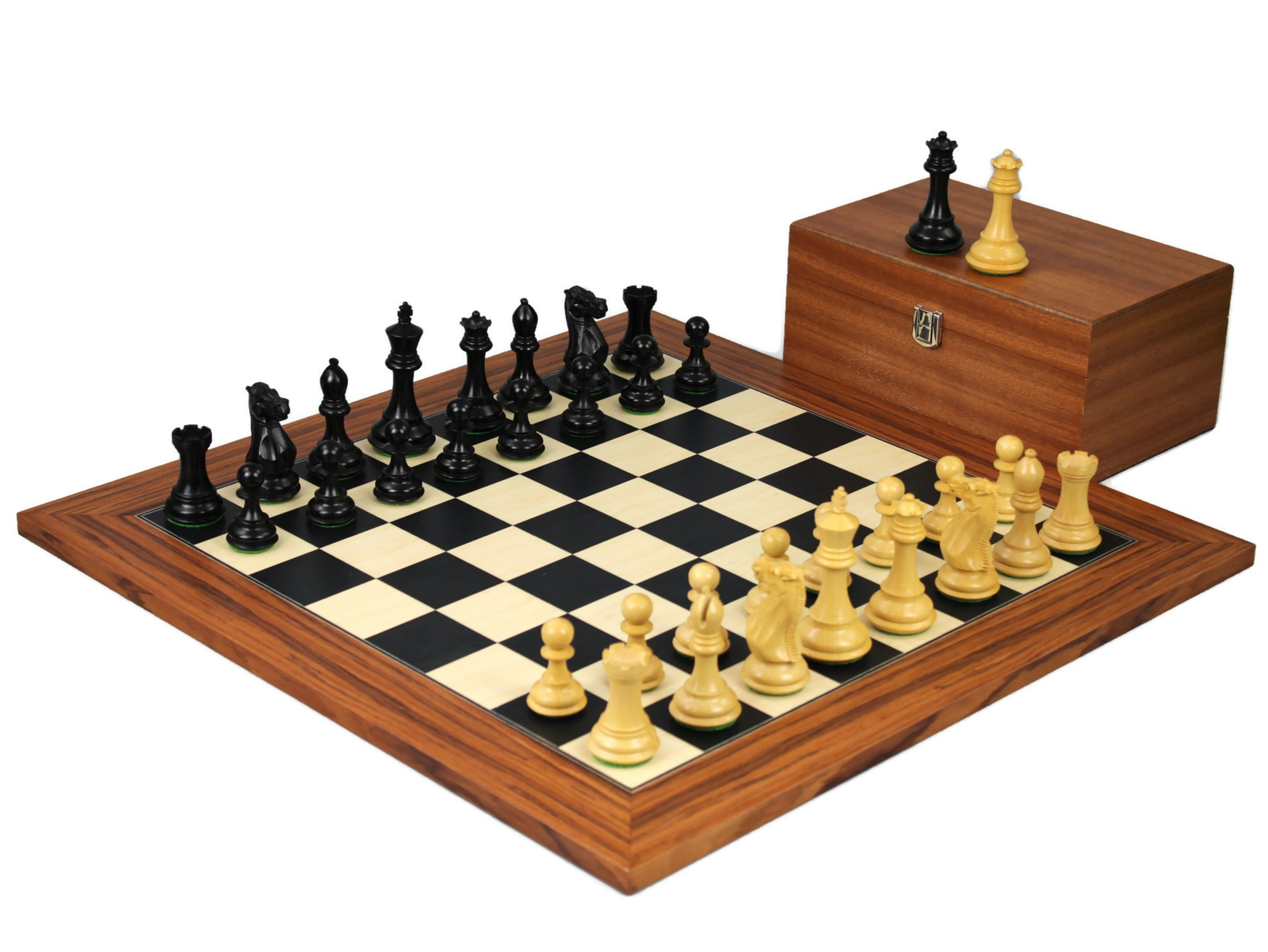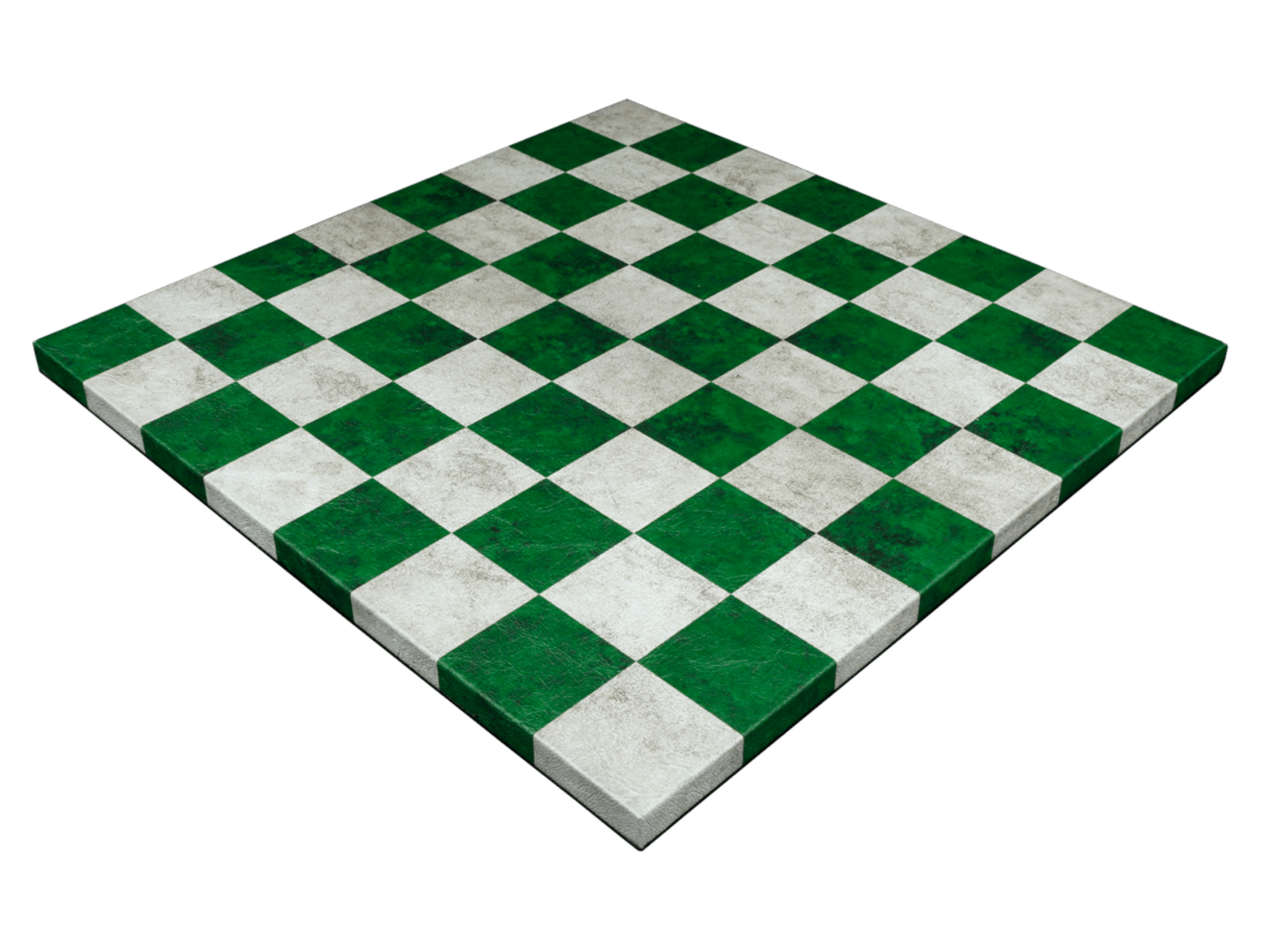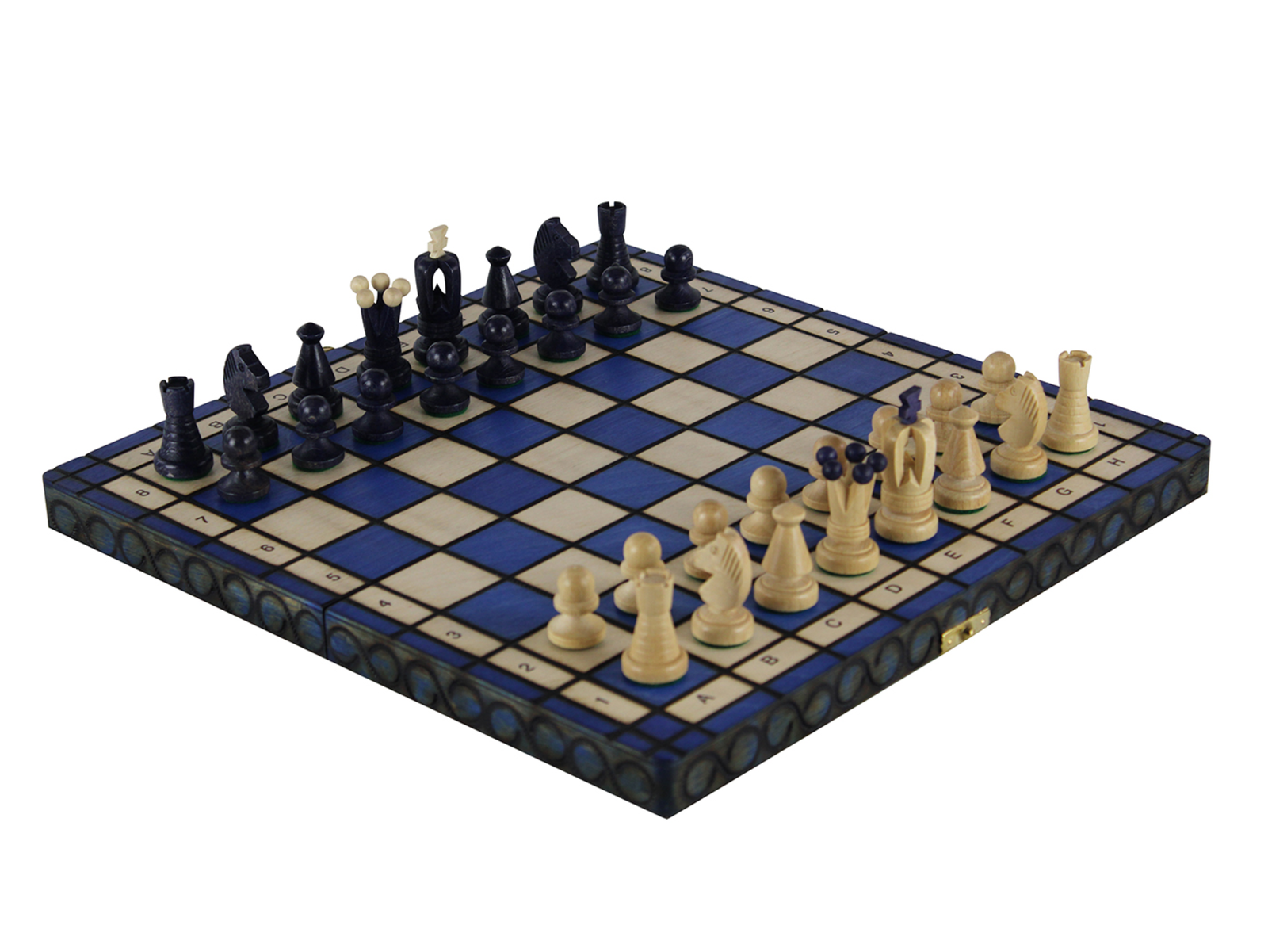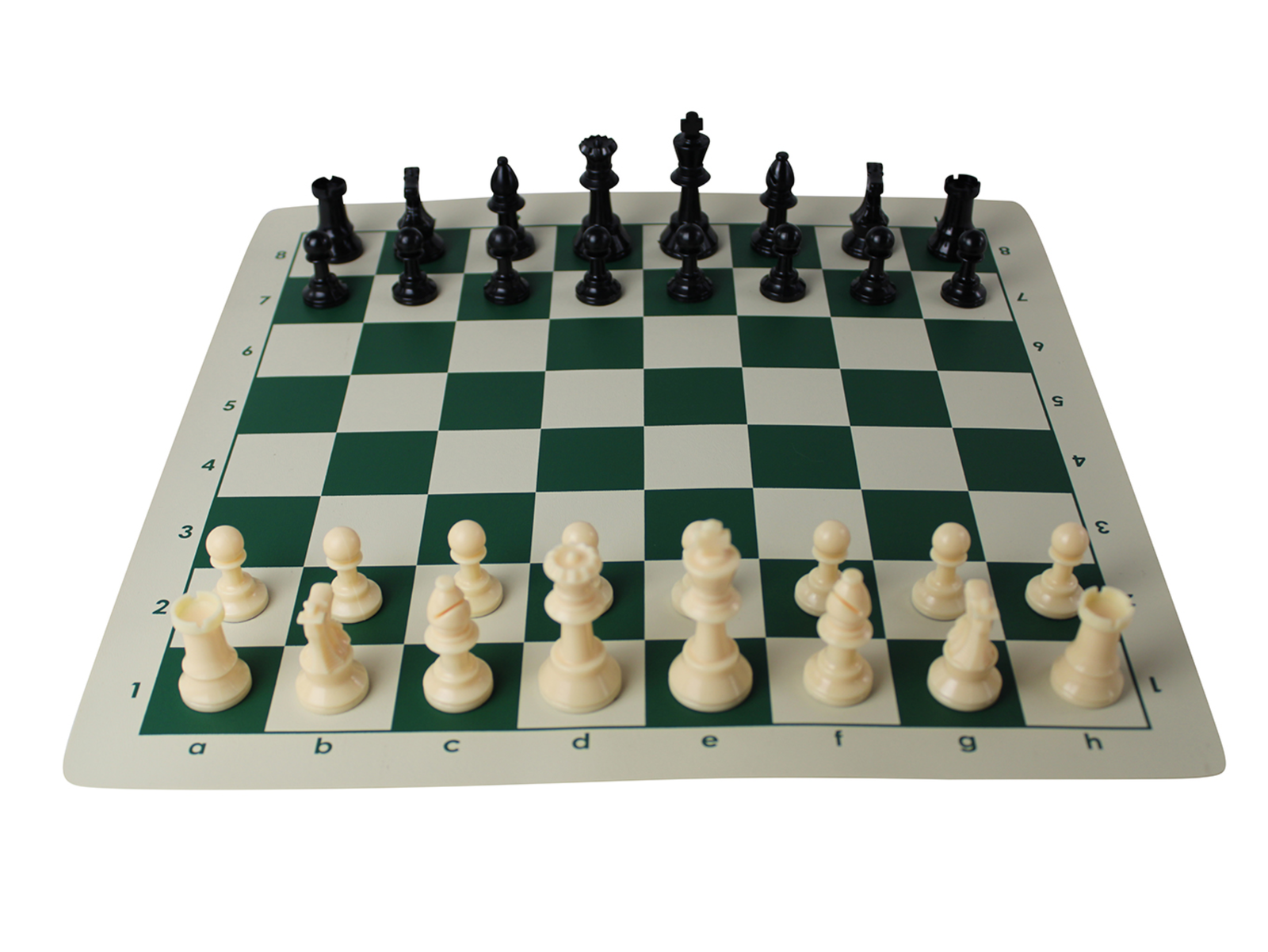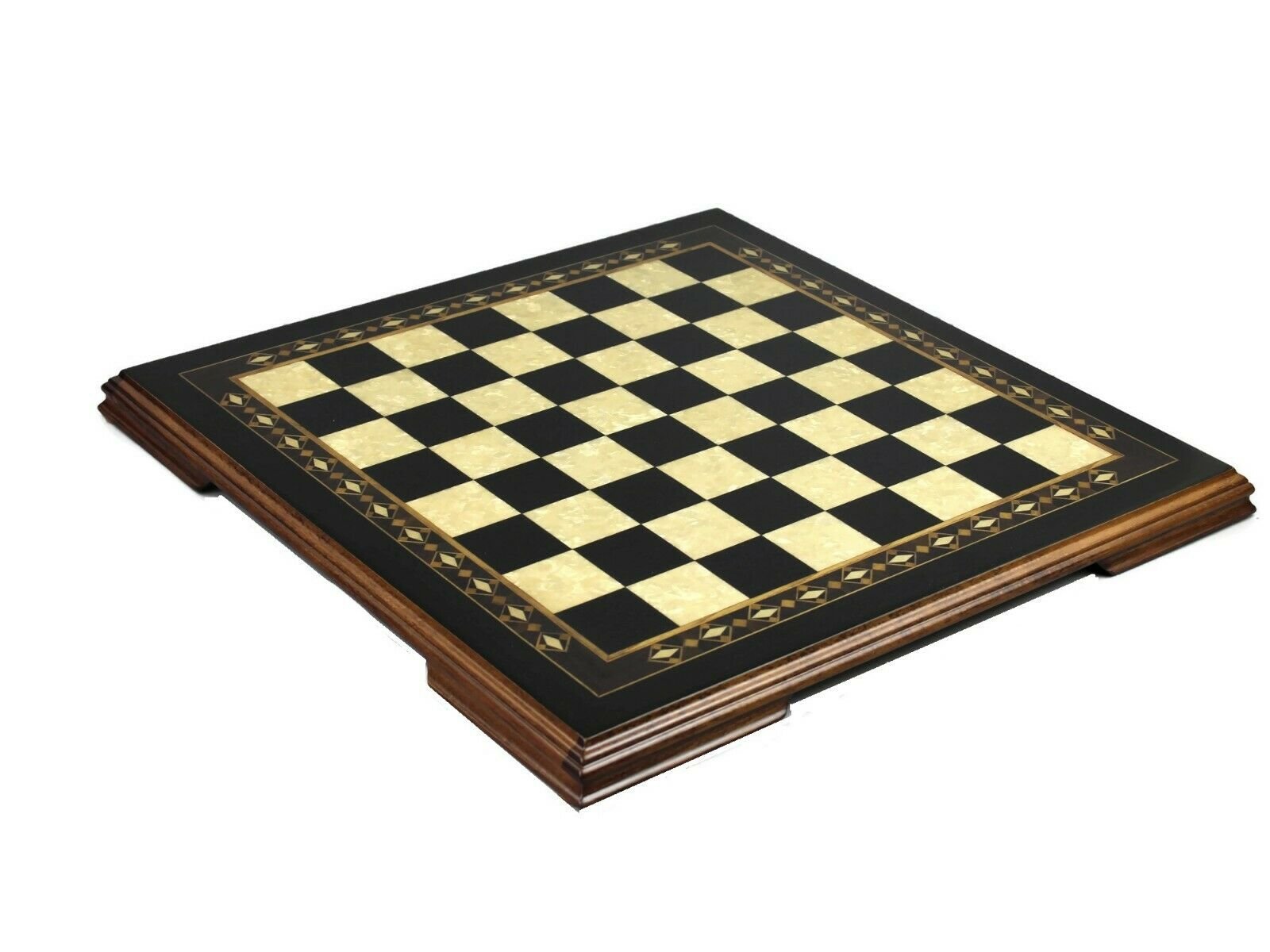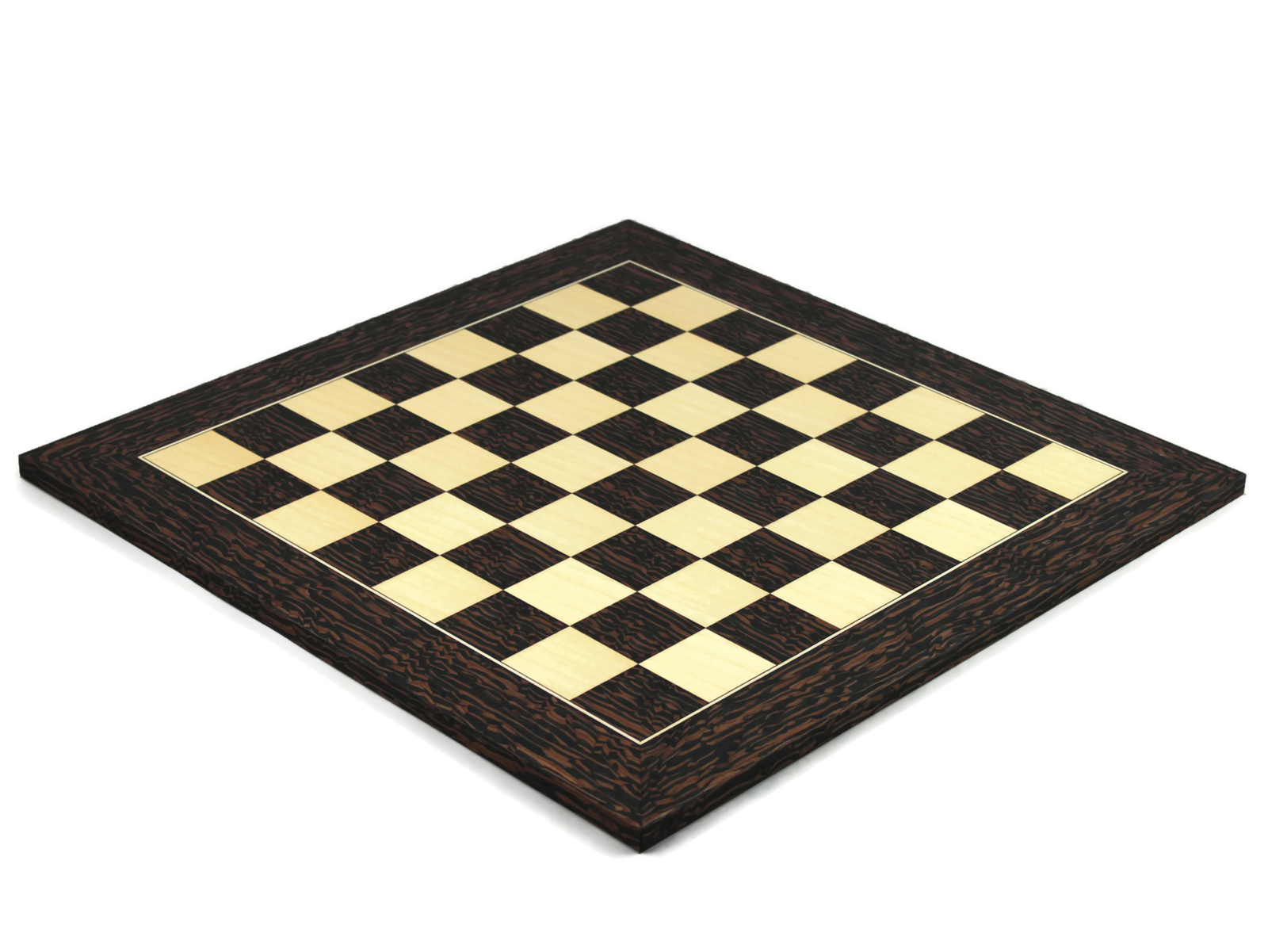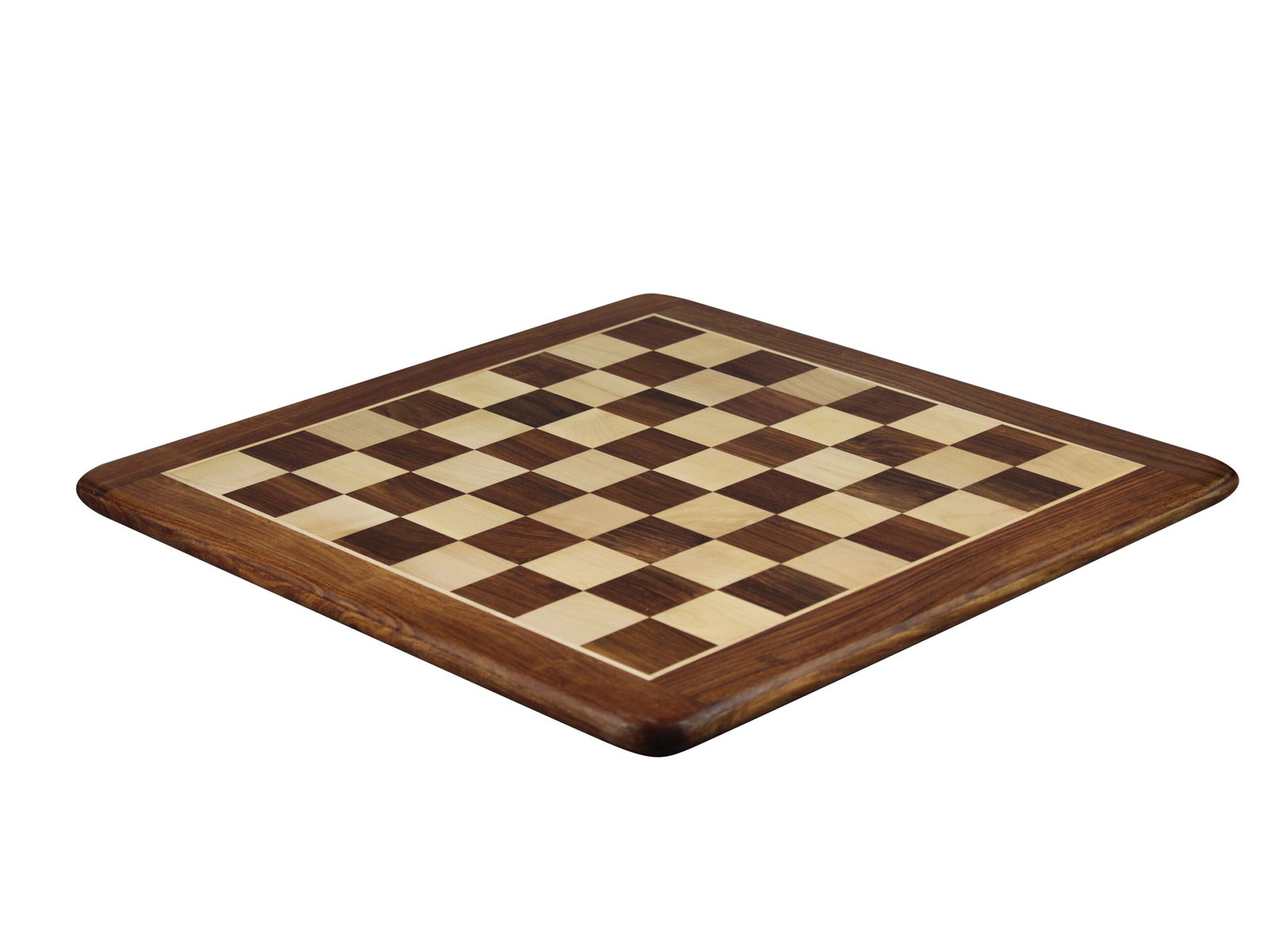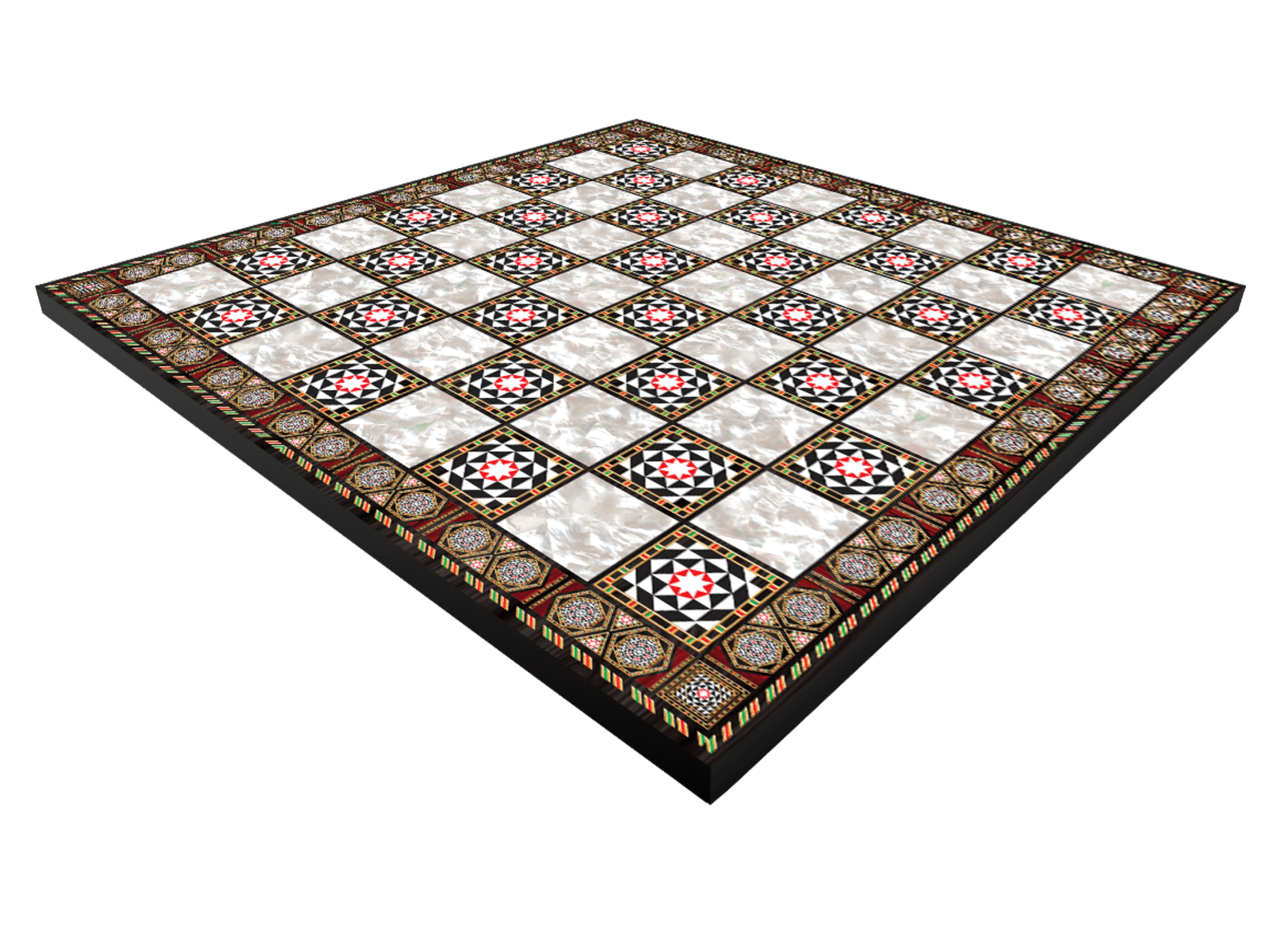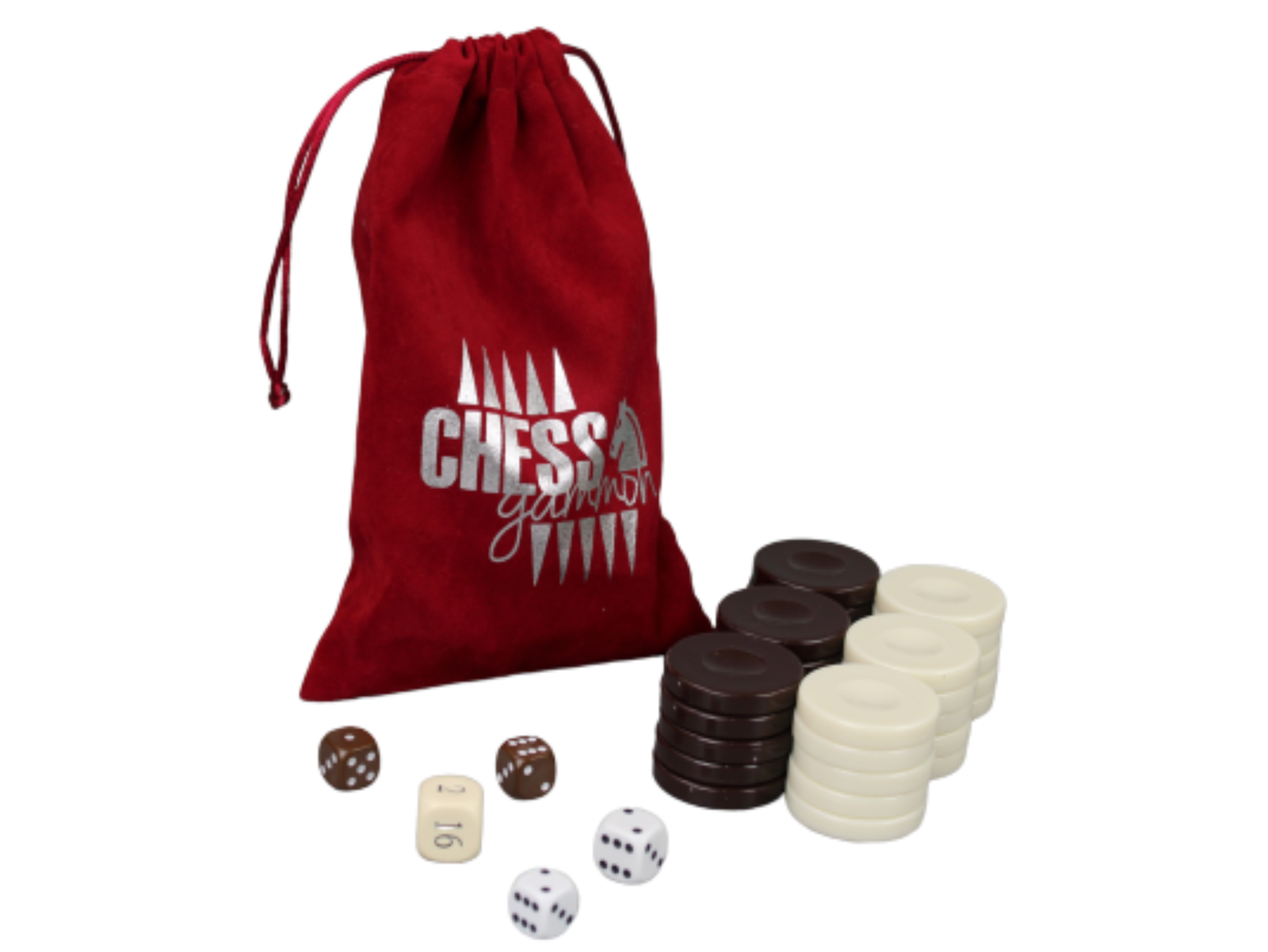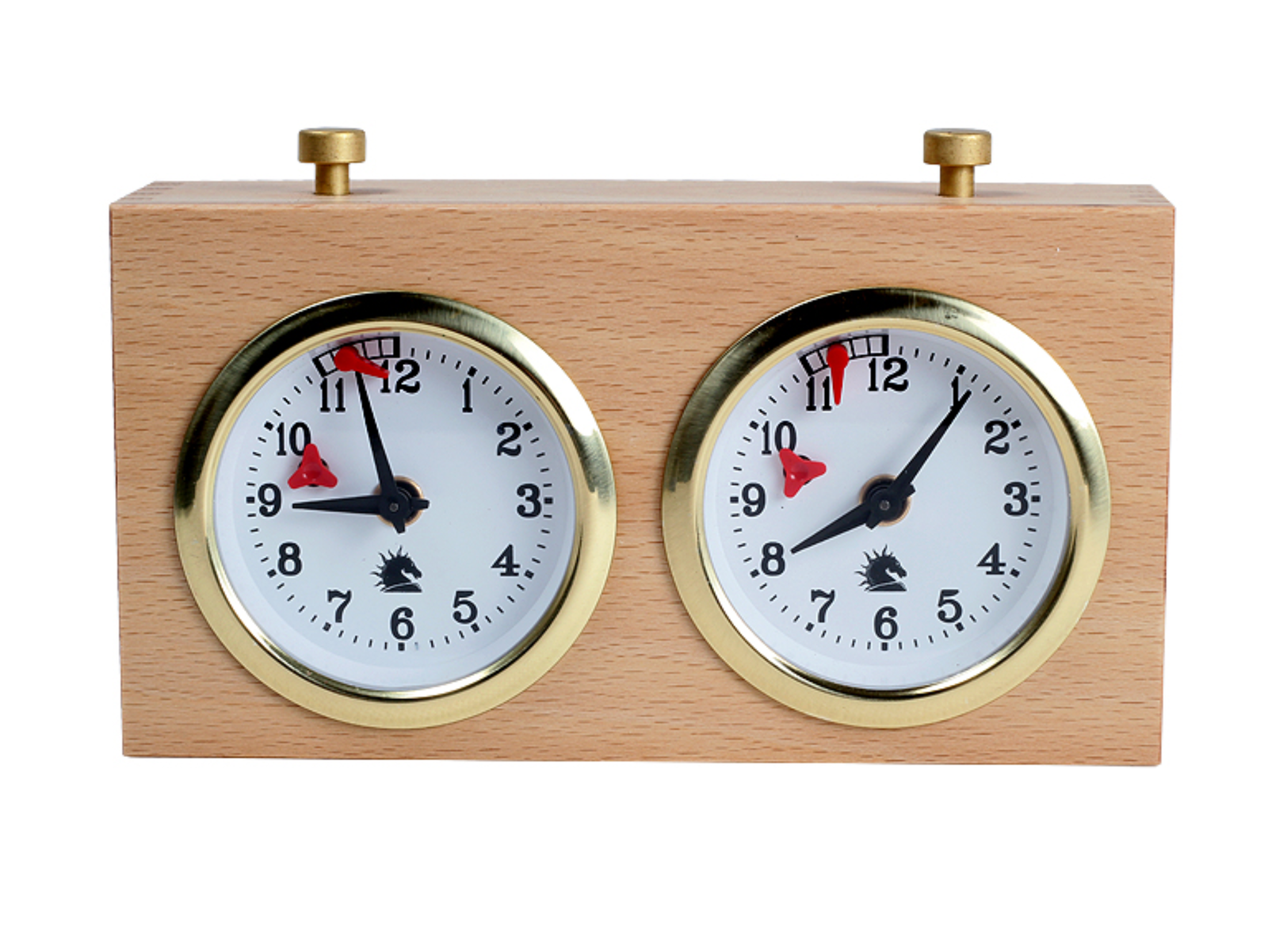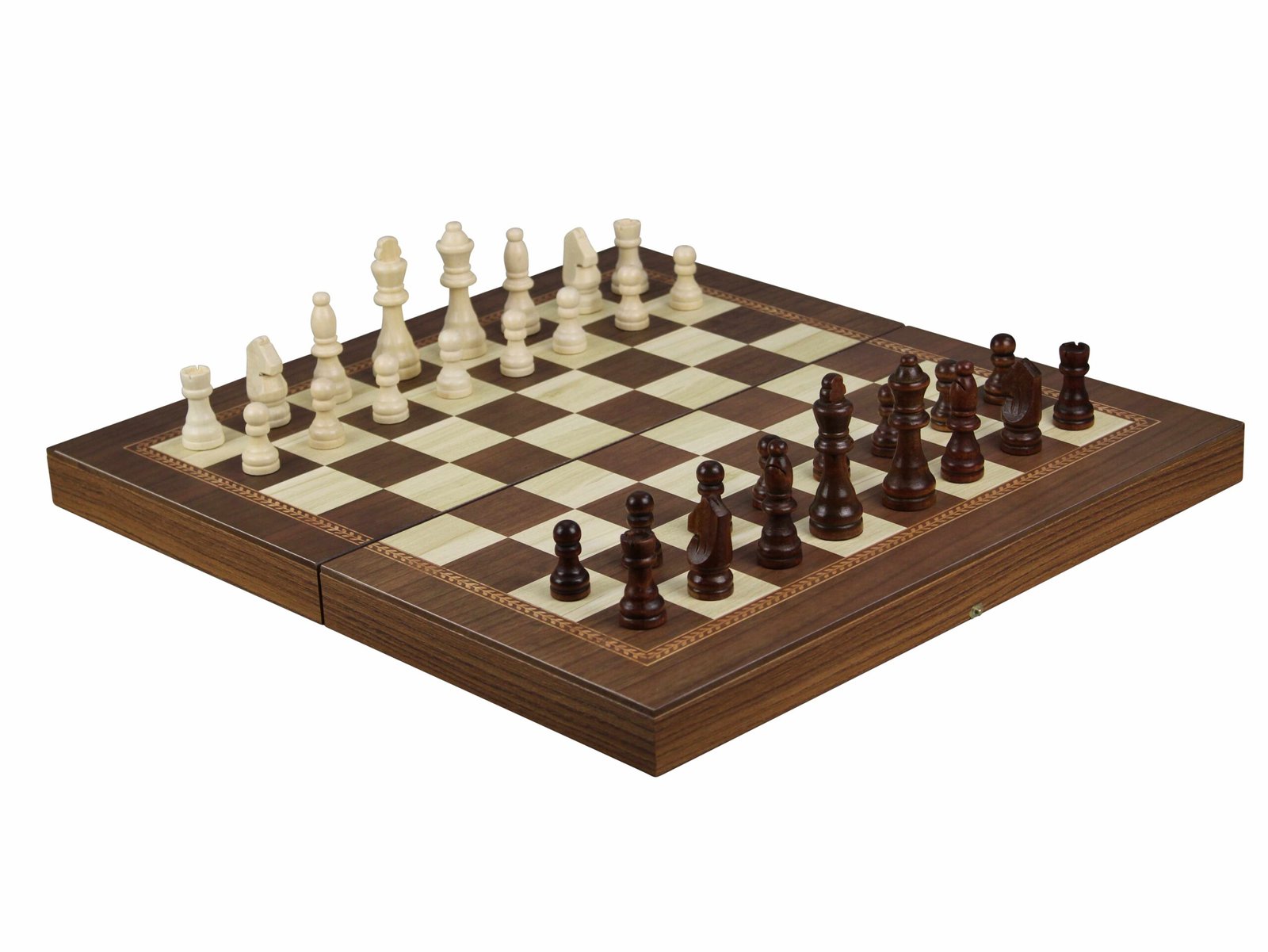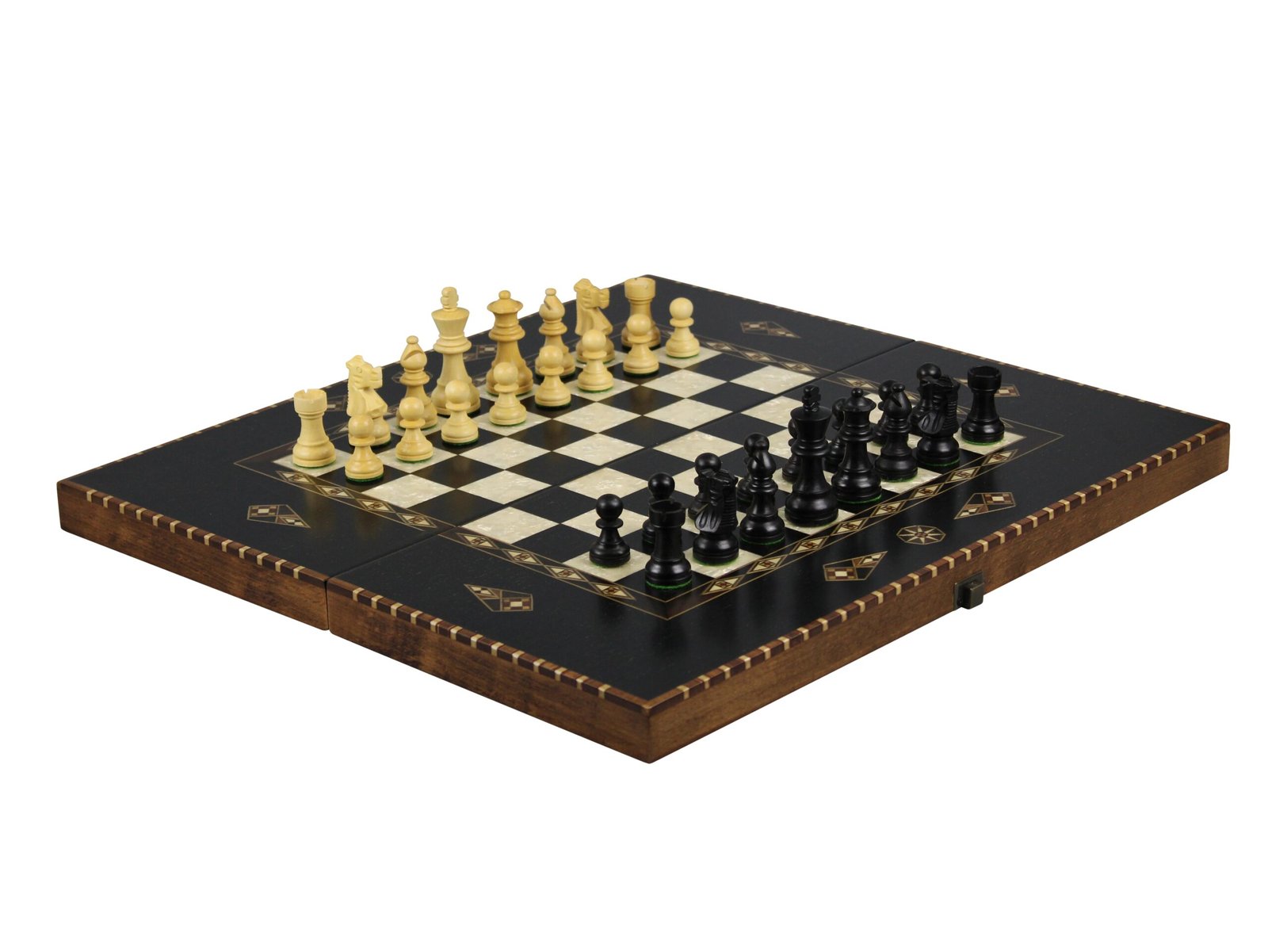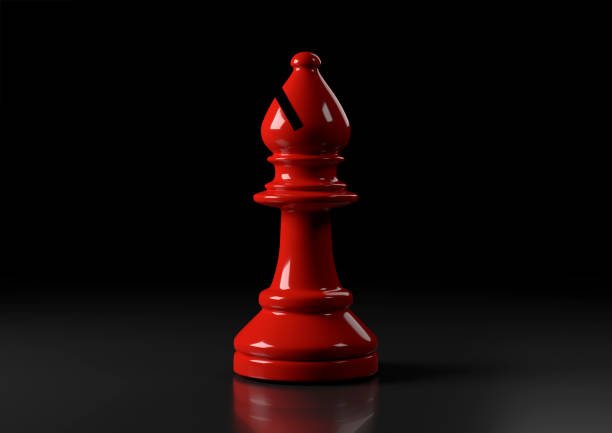The Bishop, a unique piece with an elevated top that often has a slit running through. The game of chess has 4 Bishops in total, two of each colour. Both are stationed either side of the King and Queen and therefore referenced as the ‘Kingside’ Or ‘Queenside’ Bishop. The piece very much equates to the value of a Knight piece but is used for much more long range execution. We will explore exacly why the bishop is a ‘long range’ execution piece and how it can be utilised to check or checkmate your opponent.
- The position of the Bishop
- What is the value of the Bishop?
- How does the Bishop work?
- How effective is the Bishop?
The Position of the Bishop


What is the Value of the Bishop?
As mentioned above, the value of the bishop equates to that of the Knight; 3 points. Therefore, although this is a long range piece, it is less valuable than the Rook. In comparison to a pawn, however, losing your Bishop piece would leave you at a significant disadvantage.
How does the Bishop work?
The Bishop piece is the only piece on the board that moves diagonally aside from the Queen (The pawn only eliminates diagonally but moves straight). The Bishop cannot hop over other pieces and if a piece is in the way, this limits the range of movement for the Bishop to attack.


In the above diagram, the white Bishop can attack diagonally, both forwards or backwards to eliminate a piece. A Bishop that has started on the lighter squares can only move on these squares respectively and likewise for a Bishop that has started on the darker squares.
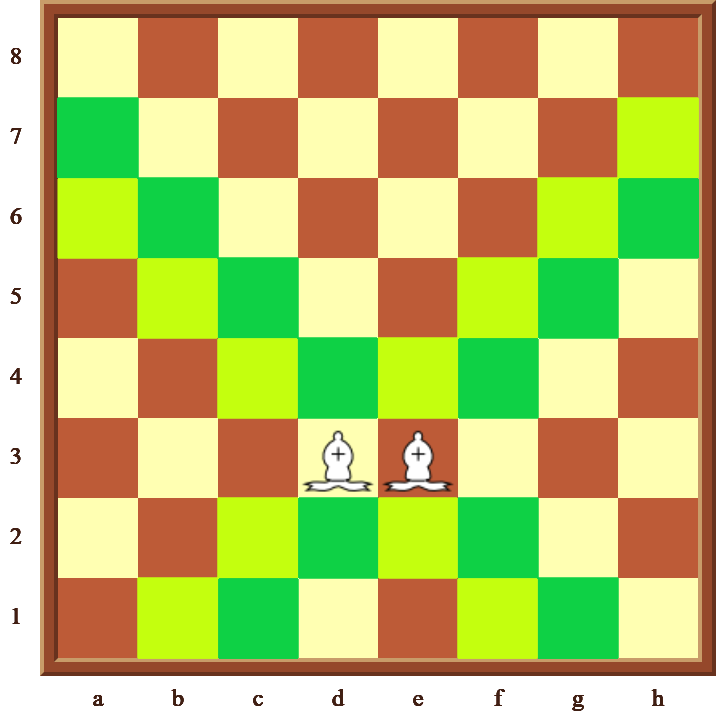

How effective is the Bishop?
Opening: Opening the play for the Bishop to take maximum effect is very important. It is no good sitting on the back rank of your chess pieces so open diagonals are what you should be looking for. Once the pawns are out the way, either by elimination or by further advancement, the Bishops can start being utilised. The Bishops are long range pieces, therefore, they are not advantageous sitting in the middle of the board, but rather, striking from the flanks inwards.
Good And Bad Bishops: Bishops are often misunderstood, partly due to their value, as this remains in conflict with the Knight (Both valued at 3 points), therefore a number of players will be unwilling to trade their Bishops or perhaps feel they prefer their Knights over the Bishop. Ideally, the chess game itself will give a good idea as to whether the Bishop is good or bad. In order to declare a Bishop as a good, open space is needed in order to exert its influence.
Good Bishop: Has other targets on it’s squares that allows you to potentially prove a threat to your opponent
Bad Bishop: Can sometimes be blocked by your own pawns, but more importantly does not have any potential targets on the squares that it can move.
Active Bishops: In order to activate a Bishop, one must move it beyond the rank of pawns. A Bishop sat behind the rank of pawns is regarded to as a ‘passive Bishop’. A better technique would be to involve the Bishop into play as soon as possible.
